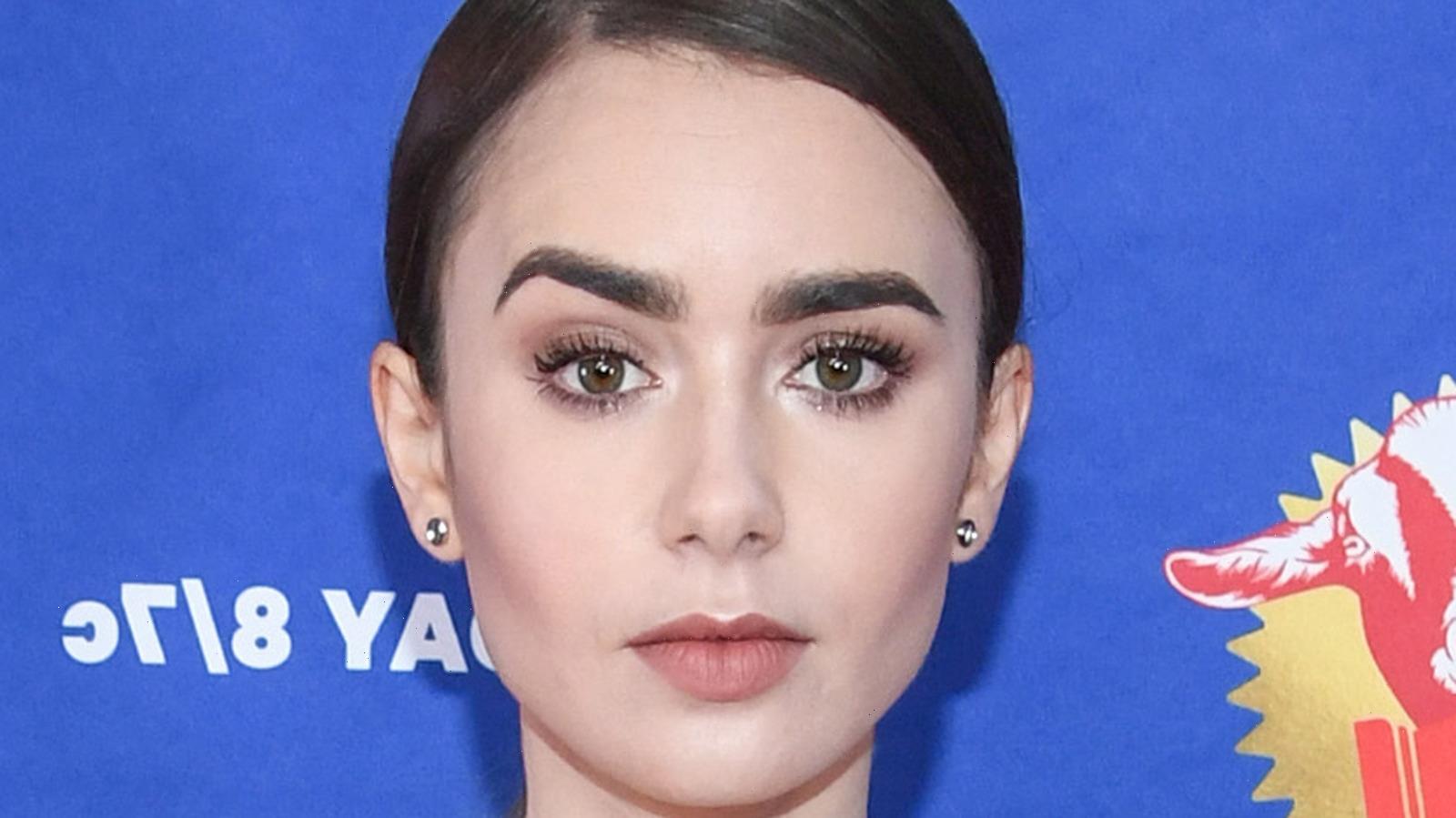Naomi Osaka’s first Grand Slam victory was so dramatic as to feel like the scripted climax to a movie. In 2018, the rising tennis phenom faced Serena Williams, one of the greatest to have ever played the sport and one of her longtime idols, and won in straight sets. But when Osaka lifted her trophy, she was blinking back tears borne of a bittersweet frustration rather than the happiness she might have envisioned.
In that crucial second set, the chair umpire cautioned Williams three times for various nitpicked offenses. When Williams vociferously defended her honor by calling him “a thief,” he penalized her by forcing her to forfeit a game in Osaka’s favor. By the time Osaka was serving for the match, the buzzing tension hanging over the stadium was palpable through the millions of television screens showing the final around the world, and made plain on Osaka’s face.
Maybe she already knew then that the win would always have an asterisk; maybe she was just reeling from the shock of it all. But if anything was clear then, it was that Osaka had worked extraordinarily hard to get to this moment only to see it muddled beyond recognition. It was also the moment that launched her into the stratosphere of sports celebrity. There, for all the world to see, was an unvarnished view of Osaka’s undeniable skill and visible anguish at achieving this long-coveted milestone at the expense of Williams’ wellbeing.
That this pivotal match opens Netflix’s new “Naomi Osaka” docuseries comes as no surprise. What does come as a shock, however, is that it never once details the circumstances that led up to Osaka accepting her trophy with such grim acceptance rather than joy. Instead, the first episode (“Rise”) shows her winning and moves right along to offer glances into Osaka’s life and mindset without ever addressing the full context of her rapid ascendance — or how, perhaps, the particulars of that match might have made her relationship to the subsequent fame even more complex than if it had been rooted in a more straightforward victory. It’s a strange omission, but one that also dictates the pace for how the rest of the docuseries unfolds at arms length.
Over three episodes and two years of Osaka’s career, director Garrett Bradley (of the Oscar-nominated documentary “Time”) follows the player as she grapples with her rapid rise in the tennis world and beyond after that U.S. Open win. As with “Time,” Bradley weaves together older home videos of Osaka and her sister playing tennis as kids and her young parents navigating an interracial relationship in front of their skeptical families with present day footage of Osaka as a professional athlete defending her titles while fulfilling millions of dollars in endorsement obligations. And as per Bradley’s signature filmmaking style, “Naomi Osaka” is lyrical and meticulously composed. As Osaka becomes more and more an object of fascination in the world around her, Bradley’s camera becomes another extension of that focused attention, often capturing Osaka from far away, through windows and from behind the mise en place of her life.
As in her post-match interviews, many of which feature in the series, then 22 year-old Osaka is soft-spoken, thoughtful and sporadically giggly in her everyday life. The only times she says more than is required come when doing her own self-taped confessional videos on her phone. In these moments, she’s still careful about what she says, but ever slightly more candid about feeling pressure to perform, the death of her mentor Kobe Bryant, and her game-changing decision to wear the names of Black people killed by police on her tournament masks. Otherwise, for a docuseries that purports to be a revealing look into a notably introverted athlete’s inner life, “Naomi Osaka” operates at a noticeable remove.
This makes some sense considering where Osaka finds herself now, a year after the docuseries wrapped. After asserting that she would not be participating in the French Open’s post-match press conferences to preserve her mental health, Osaka found herself at the center of a firestorm of righteous indignation and support alike. (She eventually withdrew from both the French Open and Wimbledon, citing her need for privacy and redirection before representing Japan at the Tokyo Olympics.) Osaka doesn’t owe the press her undivided attention, especially when the tennis media machine exploits the athletes feeding it. But it is curious to see her as the focus of a docuseries, which tries to tell her unfiltered truth without many direct divulgences to work with. Instead, the narrative of “Naomi Osaka” comes in fits and starts, using previously aired interviews to fill gaps and glossing over transitions between coaches, brands and sponsorships without much further probing. Osaka’s personality shines through, but not much else.
If this series is something Osaka wanted to do in order to be transparent in a way she otherwise can’t, you wouldn’t know it from the precious little she shares. If it’s a filmmaker trying to excavate the roots of a young celebrity’s psyche, it doesn’t especially succeed on that front, either. Not quite a tell-all, not quite an impressionistic portrait, “Naomi Osaka” floats somewhere in between with a cautious curiosity that does, at least, reflect its namesake.
“Naomi Osaka” premieres Friday, July 16 on Netflix.
optional screen reader
Read More About:
Source: Read Full Article

